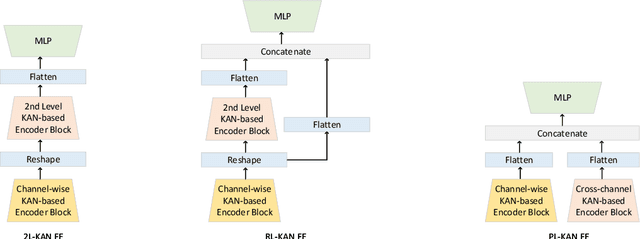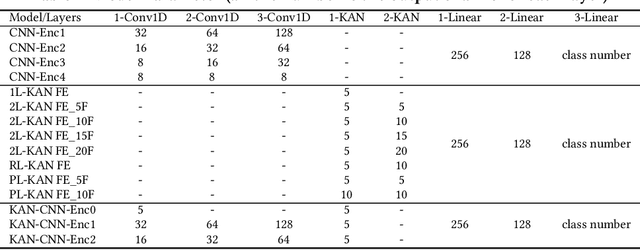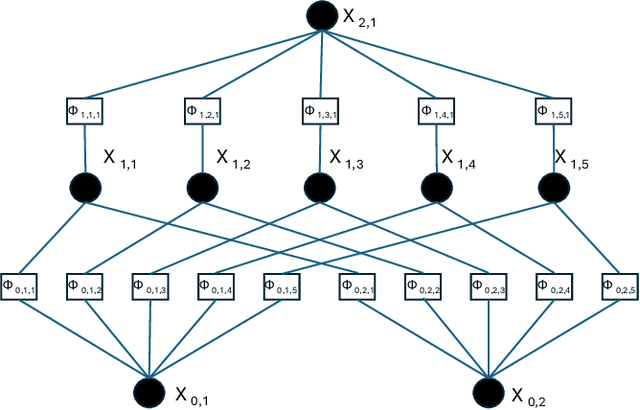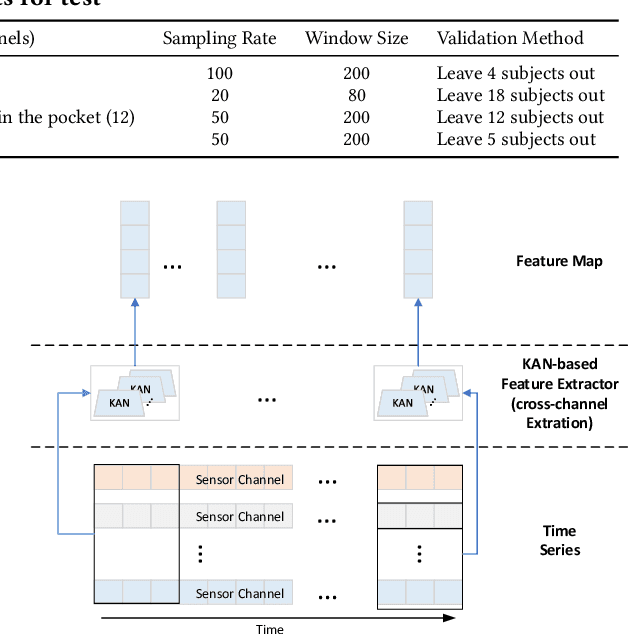Initial Investigation of Kolmogorov-Arnold Networks (KANs) as Feature Extractors for IMU Based Human Activity Recognition
Paper and Code
Jun 16, 2024



In this work, we explore the use of a novel neural network architecture, the Kolmogorov-Arnold Networks (KANs) as feature extractors for sensor-based (specifically IMU) Human Activity Recognition (HAR). Where conventional networks perform a parameterized weighted sum of the inputs at each node and then feed the result into a statically defined nonlinearity, KANs perform non-linear computations represented by B-SPLINES on the edges leading to each node and then just sum up the inputs at the node. Instead of learning weights, the system learns the spline parameters. In the original work, such networks have been shown to be able to more efficiently and exactly learn sophisticated real valued functions e.g. in regression or PDE solution. We hypothesize that such an ability is also advantageous for computing low-level features for IMU-based HAR. To this end, we have implemented KAN as the feature extraction architecture for IMU-based human activity recognition tasks, including four architecture variations. We present an initial performance investigation of the KAN feature extractor on four public HAR datasets. It shows that the KAN-based feature extractor outperforms CNN-based extractors on all datasets while being more parameter efficient.
 Add to Chrome
Add to Chrome Add to Firefox
Add to Firefox Add to Edge
Add to Edge